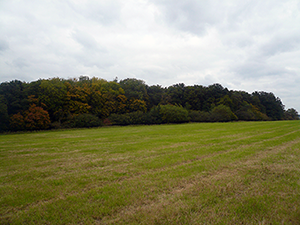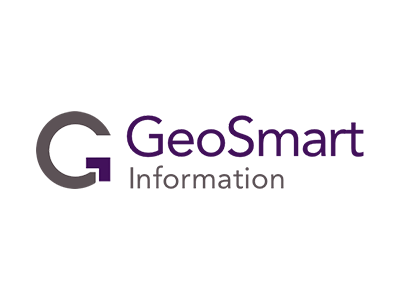Phase 1 Desk Study and Site Walkover Survey for a New Farm
We were commissioned to undertake an EnviroSmart Plus report to support a future planning application for a new cattle farm and farmhouse. The Phase 1 Contaminated Land Assessment presented a clear and concise overview of the land quality issues presented by former quarrying identified on Site.
The objective of the work was to inform the client of any potential land quality issues on Site to aid a future planning application. The client sought to understand the potential risks to ensure that the application was processed as quickly as possible and to maximise the likelihood of obtaining full approval.
The Site, located near Godalming, Surrey, comprised open fields bounded by woodland to the north and east and a public road to the west. The proposed development was to construct a series of agricultural buildings (namely cattle sheds) and a new farmhouse.
When undertaking an initial review of the Site, it was noted that quarrying may have occurred on Site and in the surrounding area. As such, the proposal included provision for a comprehensive collection of Ordnance Survey National Grid, County Series and Historical Town Plan mapping at 1:10 000, 1:10 560, 1:2 500, 1:1 250, 1:1 056 and 1:528 scales so that the Site’s boundary could be accurately identified in relation to neighbouring land uses over time. On receipt of the mapping information, numerous phases of quarrying were indeed identified on Site, specifically in the area of the proposed farmhouse.
Given the history of quarrying on Site, consultation with the Contaminated Land Officer at Waverley Borough Council was undertaken to establish their particular concerns and access information held by the Council. The Council confirmed that their concerns related to the potential infilling of voids that would have remained on Site following the extraction of quarried materials.
Further to the above, a walkover of the proposed development Site and surrounding area was also undertaken by a qualified GeoSmart consultant. The aim of the walkover was to verify the findings of the data collation activities and also to inspect the site for signs of historical quarrying and subsequent infilling of voids. The Site walkover showed no visible signs of former activity, voids or surface scars, as such it was concluded that infill material of an unknown origin was likely present on Site.
The sensitivity of the site was defined by undertaking a data collation activity in order to draw together an overall picture of the surrounding environment. The principal aquifer (Bargate Sandstone Member – sandstone) beneath the Site is considered to be a sensitive groundwater receptor and the future residential occupation of the Site was considered highly sensitive. The risk presented to surface water receptors and environmental designations was considered low to negligible given the absence of any identified receptors within close proximity of the Site.
An overall risk assessment was produced qualifying the contamination risks posed and the sensitivity of the receptors of concern. The conclusion was that the site was moderate contamination risk given the quarrying legacy and the proposed future use of the Site.
A Phase 2 Geo-environmental Assessment was recommended to be undertaken to fully characterise the ground, ground gas and groundwater conditions across the site.
The client was satisfied that the findings of our report provided a factual account of the possible land quality risks that would satisfy the requirements of the local authority and enable the conditioning of further investigations as part of the application approval.
The EnviroSmart Plus Report delivers both clarity and exceptional value for agricultural Sites where an understanding of potential risks is vital to the future of the business. They are available for £995 plus VAT including a full set of comprehensive historical maps.



